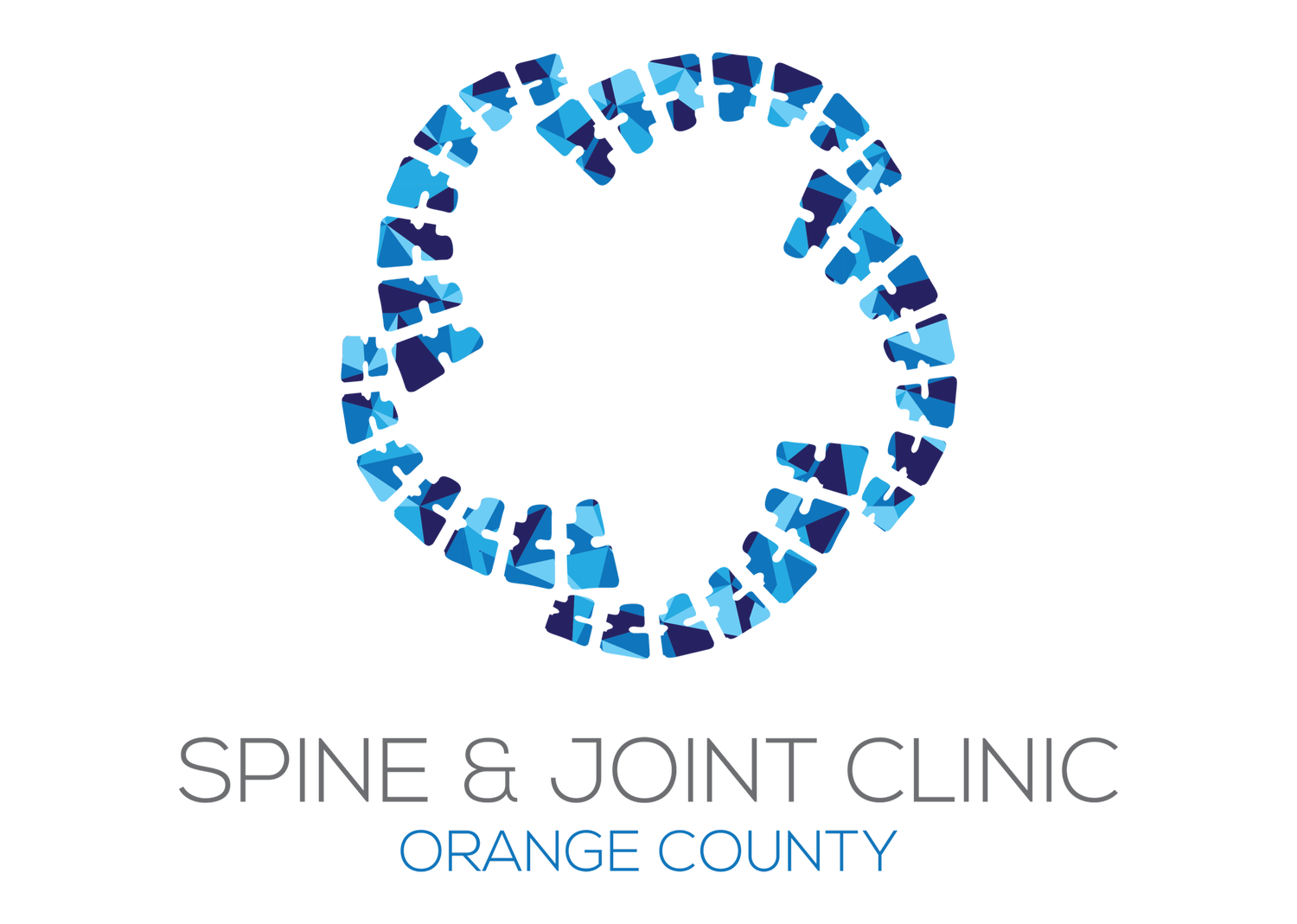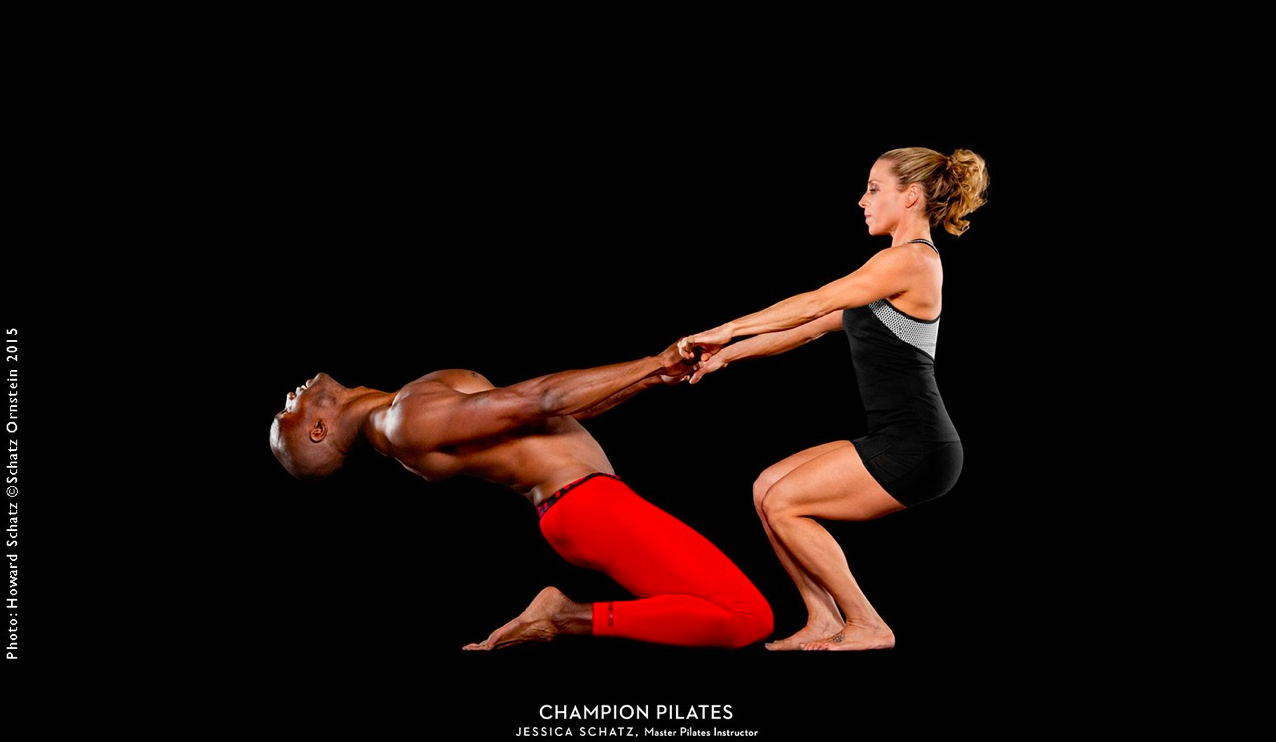Exercise, Experts, and Spine & Joint Health
The health benefits of regular exercise are well known. We exercise for weight loss, physical therapy, enhanced performance, aesthetics, and general well-being. I see patients from all walks of life and each one of them faces his or her own unique set of challenges to health and fitness. Injuries can pose short-term or long-term challenges and frustration. It’s easy to feel as if you’re backsliding rather than making strides toward your fitness goals.
As a chiropractor, I know that spine and joint protection are key to avoiding injury during exercise. I look at exercise through this lens and attempt to educate my patients about the structure and function of their spines and joints. I also want my patients to enjoy the fulfillment which comes from exercising in a variety of ways while experiencing pain-free training.
With that goal in mind, I’ve created a 5-part educational series in which I interview a Master Pilates instructor, yoga instructor, physical therapist, strength coach, and spin instructor. I want to introduce you to different types of exercise with an emphasis on spine and joint protection. I hope you’ll benefit from the unique insights provided by these fitness experts.
Interview Series: Part 1 of 5
JESSICA SCHATZ, MASTER PILATES INSTRUCTOR
My first conversation was with Jessica Schatz, a Master Pilates Instructor, yoga instructor and former professional dancer. I talked with her recently about her Pilates program. You can learn more about Jessica by visiting: http://www.championpilates.com/ Here are the questions I posed to her and excerpts from her responses.
How would you describe a typical day in your professional life?
Answer: Unless I’m traveling from clients, conventions, conferences, or teaching retreats, I generally teach private clients throughout the morning, sometimes early evening. I teach many people in their homes and some in various studios around town. I have also taught at the beach!
During much of the day I’m reading, writing, or taking on-line courses, primarily subjects in my field. It’s extremely important to keep learning and stay current. Knowledge is power!
I write a lot as I’m often asked to speak or lecture alongside teaching gigs. I also have written and I am writing manuals for the purposes of certifying other teachers in my methods.
Of course I exercise and do Pilates EVERY DAY. I also always continue to network, stay connected to those in my community, and grow.
In your mind, what about Pilates makes it unique to other forms of exercise?
Answer: Pilates (and keep in mind I’m referring to Classical - often referred to as East Coast - Pilates) is often referred to as “the original functional fitness”. It draws upon moves from disciplines that require extreme concentration and mental focus and a high level of precision. Originally it was called “Contrology” for the blend of body and mind and effort it takes to execute the exercises.
The emphasis is on the core, moving from your center, as well as pelvic and spinal stability. The entire Pilates system teaches moving and stretching DYNAMICALLY, moving any piece of equipment or apparatus WITH you, simultaneously strengthening and stretching the entire body by concentrically and eccentrically loading the muscles.
Would you agree that not all Pilates methods are created equal? How does your method promote holistic care and safeguard against injury?
Answer: Agreed, not all methods are created equal. While rooted in and respecting the original work of Joseph Pilates, my program combines Pilates, Exercise Physiology, and Kinesiology with specialized strength and conditioning exercises effective for high endurance athletes & dancers, as well as casual fitness enthusiasts. I customize my instruction to address the experience level and body type of each student, with personalized, precise, and definitive adjustments for risk factors. My “prehab” approach supports the correct development of muscle and creates a virtual “suit of armor” to build resistance to muscle fatigue, avoid injury, and enhance balance, mobility, alignment, stability, and proper joint function.
How do you modify your approach when working with casual fitness clients vs. athletes
Answer: I would refer to the answer above. Every “body”, level, age, and sport is different. Hence, I personalize the instruction.
You have experience in dance, yoga, Pilates, exercise physiology and kinesiology. What are the underlying principles of each discipline that make for effective outcomes regardless of a client’s caliber?
Answer: The underlying principle shared by all of the various disciplines in which I have experience is precision, concentration, control, breath, and the fluidity of movement.
Do you have a particular protocol when assessing your clients/students?
Answer: I send a questionnaire to each new client followed by a first session, which includes an evaluation.
How do you inject the concept of “prehab” into your workout programs?
Answer: This always depends on the details of each person: age, weight, what sport they play or what their performance level is, body type, where they have been injured in the past, or any congenital issues. It is all very specific to the client and the sport. For groups or training camps, the "prehab" is still specific to the “sport”.
Is there a particular stretch, flow, pose, or posture that would use for a client with shoulder pain? Also, something for low back pain?
Answer: There is not “one” that exists as type of pain varies, as do reasons for the pain.
However GENERALLY when it comes to shoulders, it should involve exercises that address neck and shoulder stability as well as scapular stabilization. Only then does building strength follow.
As for low back, although quite common, it also varies in each individual. However, GENERALLY, and regardless of the SPECIFIC exercises, these are the things I find it important to address and improve:
· Spinal mobility and stability (subtly and carefully flexing & extending the spine)
· Mobility in the lumbar spine controlled by the pelvic girdle
· Rotation of the spine (small and subtle supine twisting)
· Improving core strength especially in the abdominal wall
· Stretching the hamstrings and hip flexors
I want to thank Jessica for sharing her thoughts and life work with Pilates. The proper use and understanding of Pilates can enhance performance and decease the chance of injury. If you have questions or would like to work with Jessica, please visit her website or social media feeds to connect with her.







